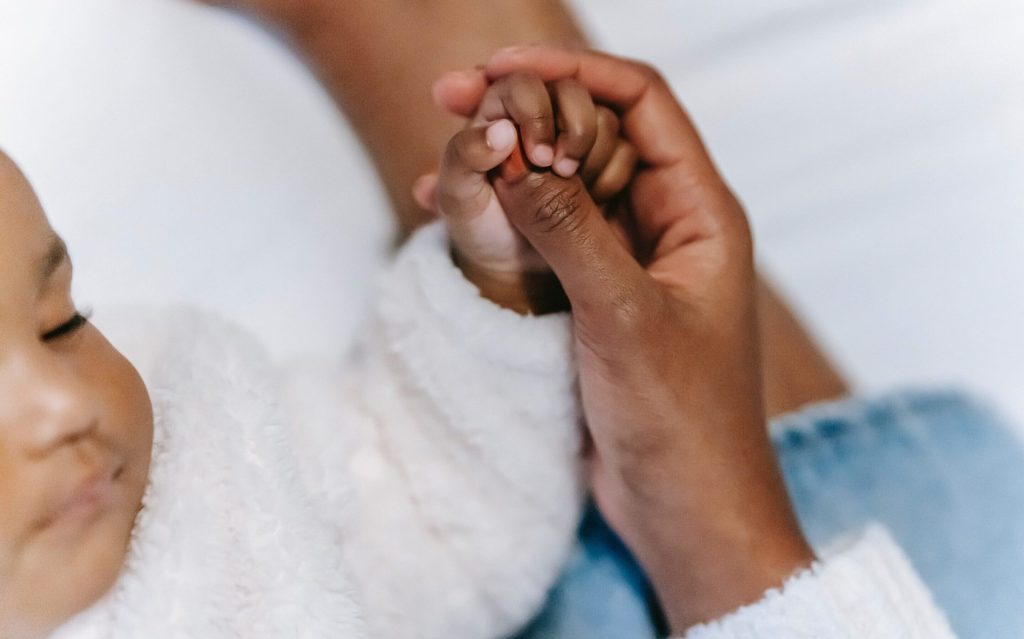Why Caffeine Might Hold the Key to Preventing Sudden Infant Death Syndrome

After decades of stalled national progress in reducing the rate of Sudden Unexpected Infant Death (SUID), a category of infant mortality that includes sudden infant death syndrome (SIDS), researchers at Rutgers Health have proposed an unexpected solution: Caffeine might protect babies by preventing dangerous drops in oxygen that may trigger deaths.
The hypothesis, published in the Journal of Perinatology, comes as the number of SUID cases has plateaued in the US at about 3500 deaths a year for 25 years or one death for every 1000 live births. Despite an initial decline in the 1990s with the introduction of widespread education campaigns promoting back to sleep and other safe infant sleep recommendations by the American Academy of Pediatrics, SIDS, even on its own, remains the leading cause of death in infants between 1 and 12 months old.
“We’ve been concerned about why the rates haven’t changed,” said Thomas Hegyi, a neonatologist at Rutgers Robert Wood Johnson Medical School who led the research. “So, we wanted to explore new ways of approaching the challenge.”
That approach led Hegyi and Ostfeld to a striking realisation: Virtually all known risk factors for SIDS and other sleep-related infant deaths, from stomach sleeping to maternal smoking to bed-sharing to preterm birth, have one thing in common. They are all associated with intermittent hypoxia, brief episodes where oxygen levels drop below 80%.
“I wondered, what can counter intermittent hypoxia?” Hegyi said. “Caffeine.”
The connection isn’t entirely theoretical. Neonatologists already use caffeine to treat apnoea in premature infants, where it works as a respiratory stimulant. The drug has an excellent safety profile in babies, with minimal side effects even at high doses.
What makes caffeine particularly intriguing as a proposed preventive measure is how differently infants process it. While adults metabolise caffeine in about four hours, the half-life in newborns can be as long as 100 hours. Caffeine remains in an infant’s system for weeks, not hours.
This unique metabolism might explain a long-standing puzzle: why SIDS peaks between two and four months of age. As infants mature, they begin metabolising caffeine more quickly. The researchers suggest caffeine consumed during pregnancy or passed through breast milk might provide early protection that wanes as metabolism speeds up.
The theory also could explain why breastfeeding appears to protect against SIDS.
“We hypothesize that the protection afforded by breast milk is, in part, due to caffeine,” wrote the researchers, noting caffeine readily passes from mothers to infants through breast milk.
Barbara Ostfeld, a professor at Rutgers Robert Wood Johnson Medical School, the programme director of the SIDS Center of New Jersey and co-author of the paper, said if the theory proves true, any efforts to give infants caffeine would complement, not replace, existing risk reduction strategies.
“The idea isn’t that caffeine will replace risk-reduction behaviours,” Ostfeld said. “A baby dying from accidental suffocation, one component of SUID, is not likely to have benefited from caffeine but would have from such safe sleep practices as the elimination of pillows and other loose bedding from the infant’s sleep environment.”
The researchers plan to test their hypothesis by comparing caffeine levels in infants who died of SIDS with those who died from other causes, such as trauma or disease.
The research represents a fundamental shift in approaching SIDS prevention. While current strategies focus on eliminating environmental risks, this would be the first potential pharmaceutical intervention.
“For over 30 years, we’ve been educating New Jersey’s parents about adopting safe infant sleep practices. These efforts have contributed to our state rates being the second lowest in the US. Still, for various reasons, these proven recommendations are not universally adopted,” Ostfeld said. “This new hypothesis offers a way not just to address important risk factors but potentially intervene.”
Crucially, the researchers said this is hypothesis-generating research meant to inspire further study, not a recommendation for parents to give their babies caffeine. Any intervention would require extensive testing for safety and efficacy.
Still, in a field where progress has stagnated for decades, the possibility of a new approach offers hope.
As Hegyi put it, the goal is “to stimulate new thinking about a problem that has remained unchanged for 25 years.”
Source: Rutgers University


